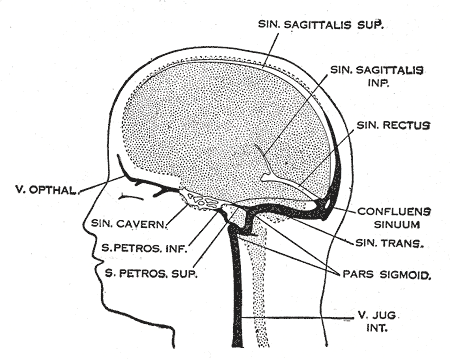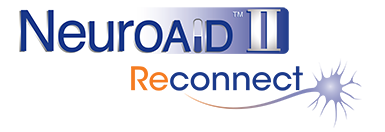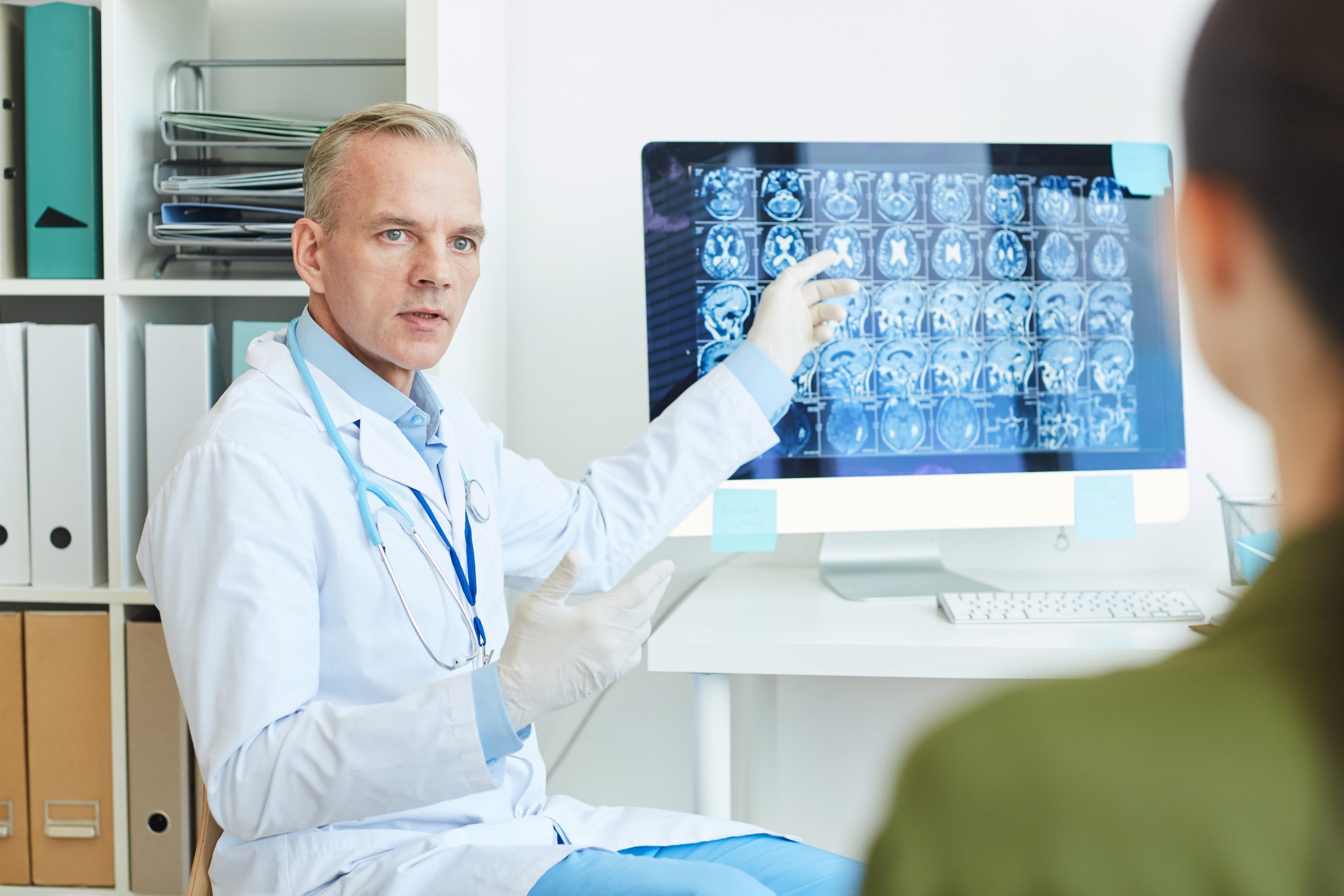A cerebral venous thrombosis (CVT) is a rare form of stroke. It takes place when a blood clot is formed in the cerebral veins (small veins in the brain that collect blood) and in the dural venous sinuses (the large veins in which blood is drained from the cerebral veins). The blood clot leads to an obstruction of the blood flow, which causes inflammation and damage to the brain tissue. The blood clot can be induced by infections (ear, mouth, face or neck), clotting disorders, oral contraceptive therapy or some drugs (such as tamoxifen or chemotherapy). It can also occur during pregnancy and postpartum (or postnatal) period. However, sometimes the underlying cause is unknown.[/vc_column_text][/vc_column][/vc_row]
- Cerebral vein thrombosis
- Cerebral venous and sinus thrombosis
- Cerebral venous sinus thrombosis (CVST)
- Cerebral sinovenous thrombosis (CSVT)
- Sinus and cerebral vein thrombosis
- Cerebral vein and dural sinus thrombosis
- Cortical cerebral venous thrombosis

According to a scientific statement from the American Heart Association and the American Stroke Association, cerebral venous thrombosis mainly affects young adults and children, and represents only 0.5 to 1% of all strokes. Nevertheless, it is still a significant cause of death and disability, and early detection can improve the outcome in most cases.
The American organization Johns Hopkins Medicine reports that CVT affects around 5 out of 1 million people each year. It is slightly more frequent in women, especially at the age of 20 to 35, as it is common for women to use the birth control pill, undergo pregnancy or be in the postnatal period at this age. Newborns have a higher risk of suffering this type of stroke during their first month. In general, approximately 3 out of 300,000 people under the age of 18 will have a stroke.
Even if it is a rare condition, it is potentially devastating. Therefore, it is important to know how to identify the signs and symptoms, in order to increase your chances of an early recovery. Symptoms of a cerebral venous thrombosis vary depending on the thrombosis location, time since onset of the stroke and other related complications, such as brain bleeding (cerebral hemorrhage) or increased pressure in the brain (intracranial hypertension). However, the most common symptom is a severe headache: usually patients refer to it as the worst headache they have ever had, typically described as diffuse and often progresses in severity over days to weeks. It can appear suddenly, or develop over a few hours or days and may be the only symptom, presenting a significant diagnostic challenge.
- Confusion
- Blurred vision
- Nausea
- Vomiting
- Difficulty in speaking or understanding speech
- Paralysis, numbness and/or weakness, especially on one side of the body
- Fainting or loss of consciousness
- Problems with mobility
- Decreased level of alertness
- Pulsatile tinnitus (ringing in the ears)
- Unilateral hearing loss
- Delay in development in children
- Altered state of consciousness
- Seizures
- Scalp swelling and distended scalp veins
- Loss of vision
An extensive blood clot may ultimately lead to coma and death. In the past, most patients with CVT did not survive, and it was therefore considered a serious condition. However, recent research has shown that the mortality rate of cerebral venous thrombosis has decreased over time, probably due to changes in risk factors, better diagnosis and improved treatment. Fortunately, patients with this disease currently show a good outcome in most cases. Although patients can still have some headaches and seizures for a period of time, almost 80% of patients recover completely (data obtained from the University of Michigan Health System (UMHS).
The wide range of signs and symptoms is a challenge for both doctors and patients, so you must pay special attention if you recognize one of them. If this is the case, you must call the emergency telephone number immediately, as early treatment could improve your recovery.





